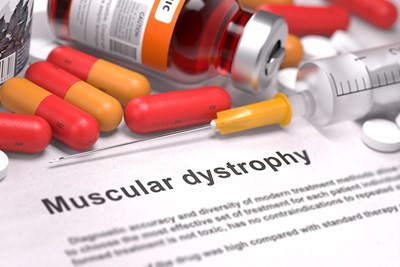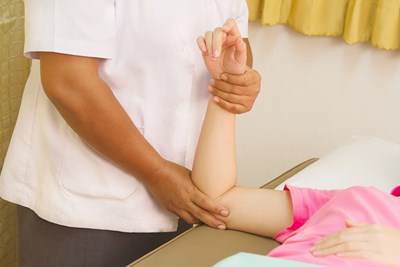Muscular dystrophy is a group of genetic diseases that cause progressive muscular weakness and deterioration. If you or your child is at an increased risk for muscular dystrophy, then here are some of the most important terms about this condition that you should be familiar with.
- Dystrophin: This is the name of the protein that is responsible for protecting your muscle fibers from becoming damaged. It is necessary for normal muscle function. The symptoms of muscular dystrophy are caused by a lack of this protein, leading to problems with walking, swallowing, and muscle coordination.
- Genetic mutation: Certain genes are responsible for making the dystrophin proteins. Muscular dystrophy occurs when one of these genes is defective because of a mutation. This type of genetic mutation is usually inherited. However, in some cases, the mutations occur spontaneously in the mother’s egg or in the developing embryo. Doctors are not sure why this occurs, but when this happens, the genetic mutation is then capable of being passed down to future generations as well.
- Duchenne muscular dystrophy: There are over 30 different types of muscular dystrophy, depending on which specific gene mutated. The most common type is Duchenne muscular dystrophy, which makes up over half of all cases. This type of muscular dystrophy is usually diagnosed between the ages of two and five and the life expectancy is usually late teens or early 20s. It is rare for girls to develop this type of muscular dystrophy.
- Becker muscular dystrophy: Becker muscular dystrophy is also fairly common, and it has symptoms very similar to Duchenne. However, the symptoms are less severe and the symptoms usually do not begin to occur until the teenage years. Additionally, the life expectancy is much longer, with most individuals living into middle age or longer.
- Contractures: This is one of the complications that can develop as a result of muscular dystrophy. Contractures occur when there is shortening of the muscles or tendons around your joints, which will further limit your mobility.
- Scoliosis: This is another common complication that can arise from muscular dystrophy. Scoliosis is an unnatural curvature of the spine which is the result of your weakened muscles being unable to hold the spine straight. Scoliosis can also lead to breathing problems and may require corrective surgery.
- Enzyme test: This is one of the commonly used diagnostic tools for muscular dystrophy. Enzyme tests involve testing your blood for a certain enzyme, creatine kinase, that is only released by damaged muscle and would indicate a muscle disease.
- Electromyography: This is another diagnostic test that involves inserting an electrode needle into the muscle to measure the electrical activity as you relax and tighten the muscle. By analyzing the change in patterns, your doctor may be able to confirm the disease.
- Corticosteroids: This is a commonly prescribed medication to help manage the symptoms and prolong the progression of muscular dystrophy. However, this type of medication must be used sparingly, as prolonged use can lead to weight gain and weakened bones, which increases the risk for fractures.
- Ventilator: Muscular dystrophy can also potentially affect the respiratory muscles, which can have a negative impact on your ability to breathe on your own. In these cases, you may need a ventilator, which is a machine that forces air in and out of your lungs when your lungs are no longer able to breathe on their own.



